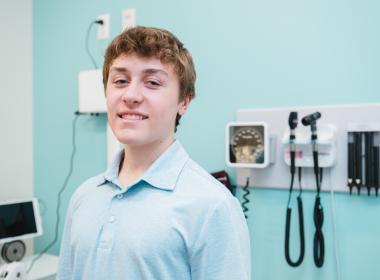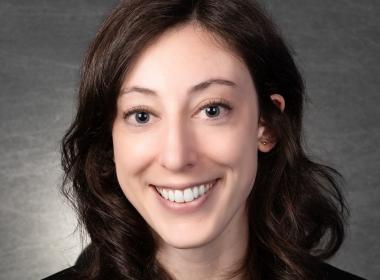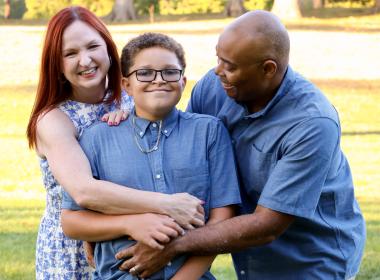Constipation Clinical Pathway Constipation is a common pediatric diagnosis with wide variation in evaluation and treatment in the acute care setting. This pathway seeks to standardize the diagnosis, evaluation, treatment, and disposition of patients diagnosed with constipation. This pathway utilizes the Rome
Occupational Therapy Programs & Services Occupational therapy can have an enormous impact on a child’s independence. Connecticut Children’s offers a range of therapeutic services to help children participate in normal activities, engage in play and sports, and ably return to home or school. What We Do Aquatic therapy
Article
Beyond Celiac Disease: William’s Story By Jeffrey Hyams, MD: William had just gotten home from school when his dad, Matt, sat him down. “Your doctor thinks you might have something called celiac disease,” Matt told him. William, then 14, was skeptical. Didn’t celiac disease have something to do with eating gluten? He ate everything and, as
Care Alliances As the state’s only health system 100% dedicated to kids, Connecticut Children’s has a special role in our community’s health. We know just how important high quality pediatric care is for your child – and for the health of our entire community. Through our Pediatric Care

Article
A Visit to the Pediatric Neurosurgeon: What to Expect By Bethany Simonetti MSN, APRN, FNP-BC: If your child has been referred to a pediatric neurosurgeon, you may be feeling nervous or unsure about what to expect. That is totally normal. The idea of seeing a “ brain and spine doctor” can feel scary. But this visit doesn’t always mean your child will need surgery. It
Article
How to Support Your Child Through Challenging Behaviors (From Birth to Pre-Teen) By Amy Adolfo Signore, PhD, MPH: This guide from Connecticut Children’s Amy Signore, pediatric psychologist, and Sasha Conley, PsyD student, breaks down easy, effective ways to help your child grow, listen, and feel loved—whether they’re a baby or a pre-teen.
Community Resources Connecticut Children’s board certified physicians and highly trained specialists provide advanced clinical and surgical care to children of all ages. However, the impact we make on healthcare in Connecticut reaches far beyond our walls and into communities across the region
Article
From the Goal Box to Great Health: Elijah’s Story When 11-year-old Elijah steps onto the soccer field at the Farmington Sports Arena (FSA), his eyes light up. This past year, his hard work earned him a coveted spot on the boys FSA Football Club in the Elite Club National League (ECNL). This is a team you can’t simply “sign up”
New patient? Or scheduling with a new specialty?
Book an appointment online at your convenience.
Start SchedulingAre you or your child an existing patient?
Schedule a follow-up appointment with your current care provider(s) through MyChart.
Sign in to MyChartDon't have a MyChart account? Sign up now